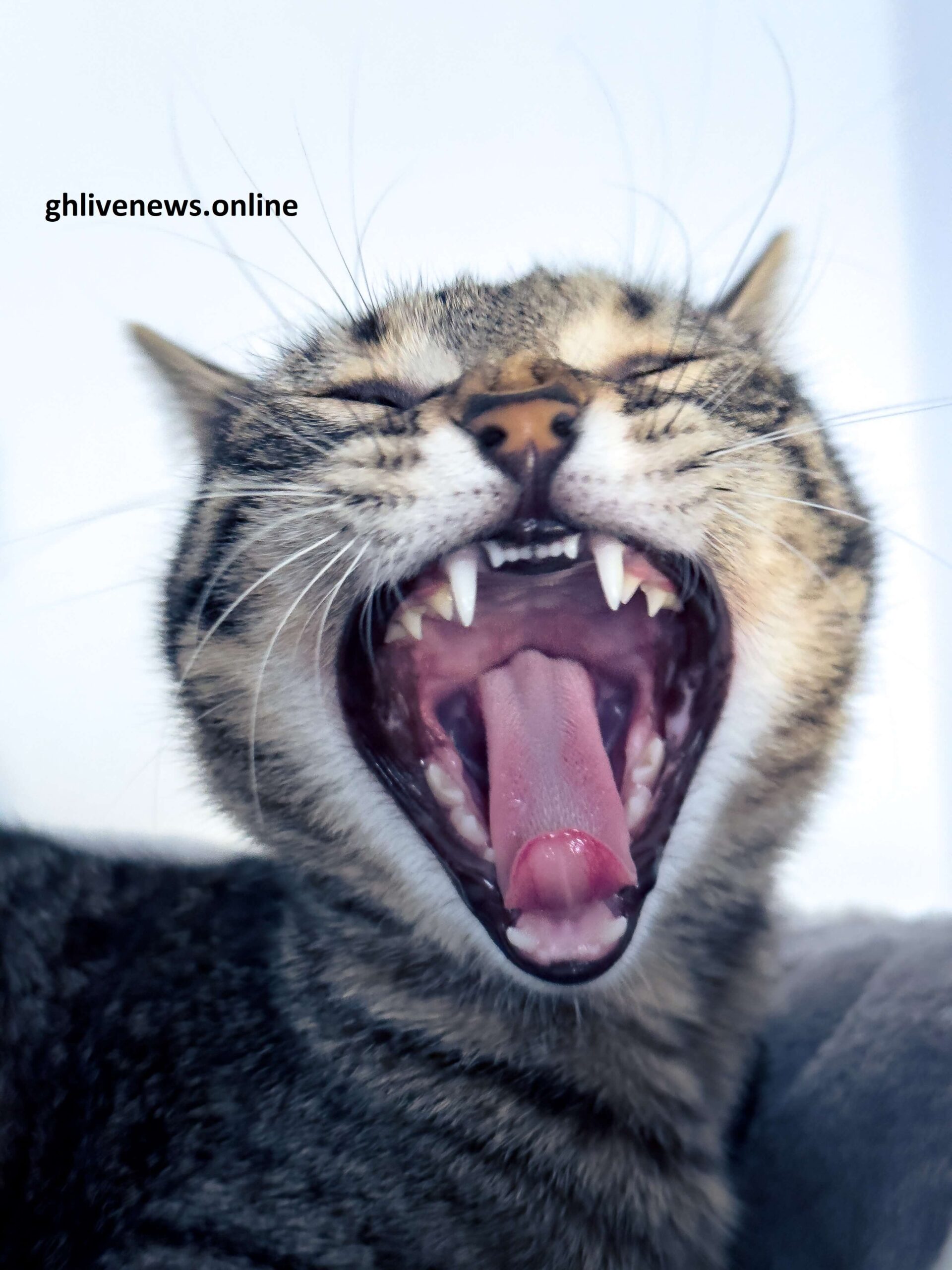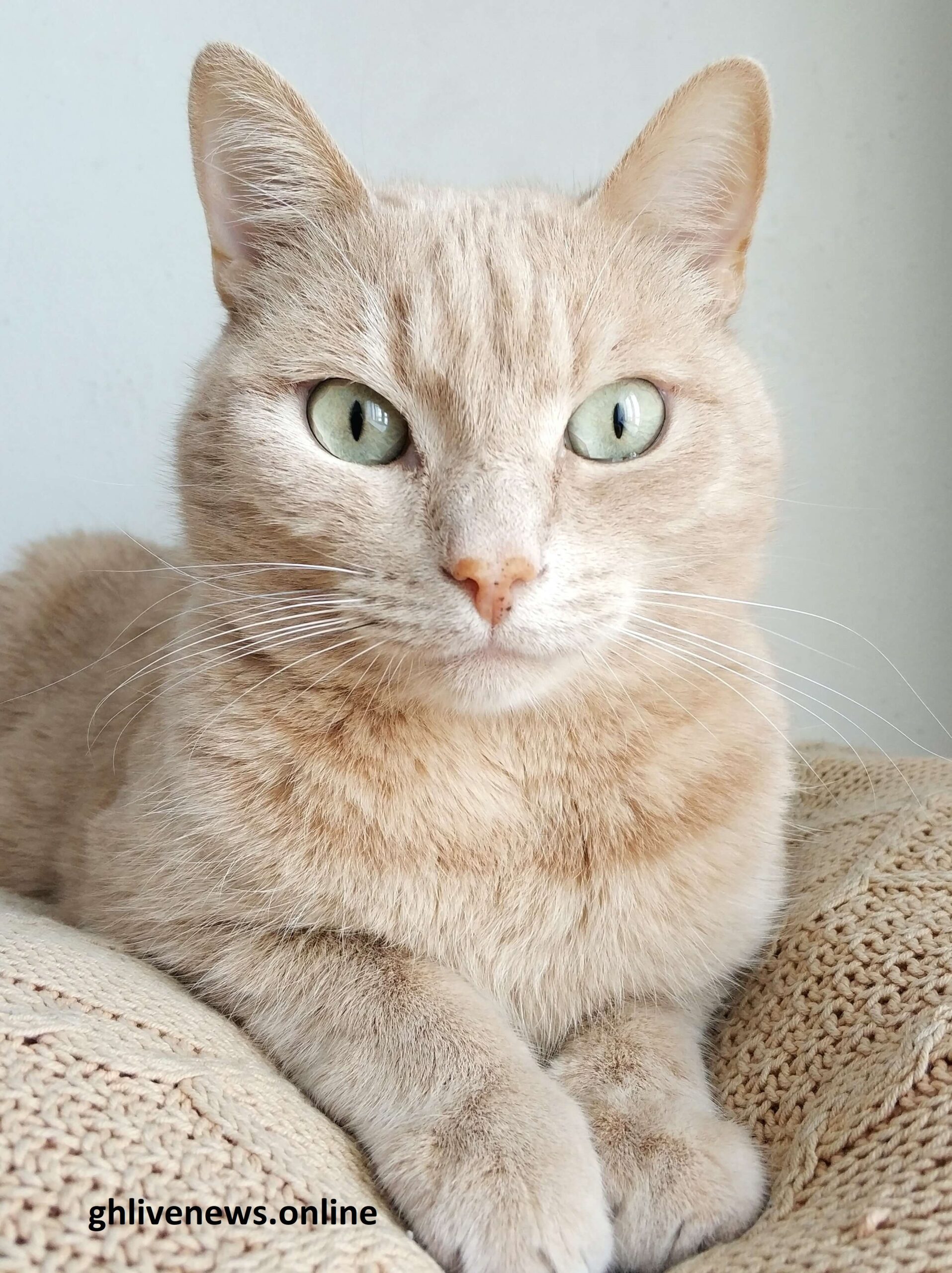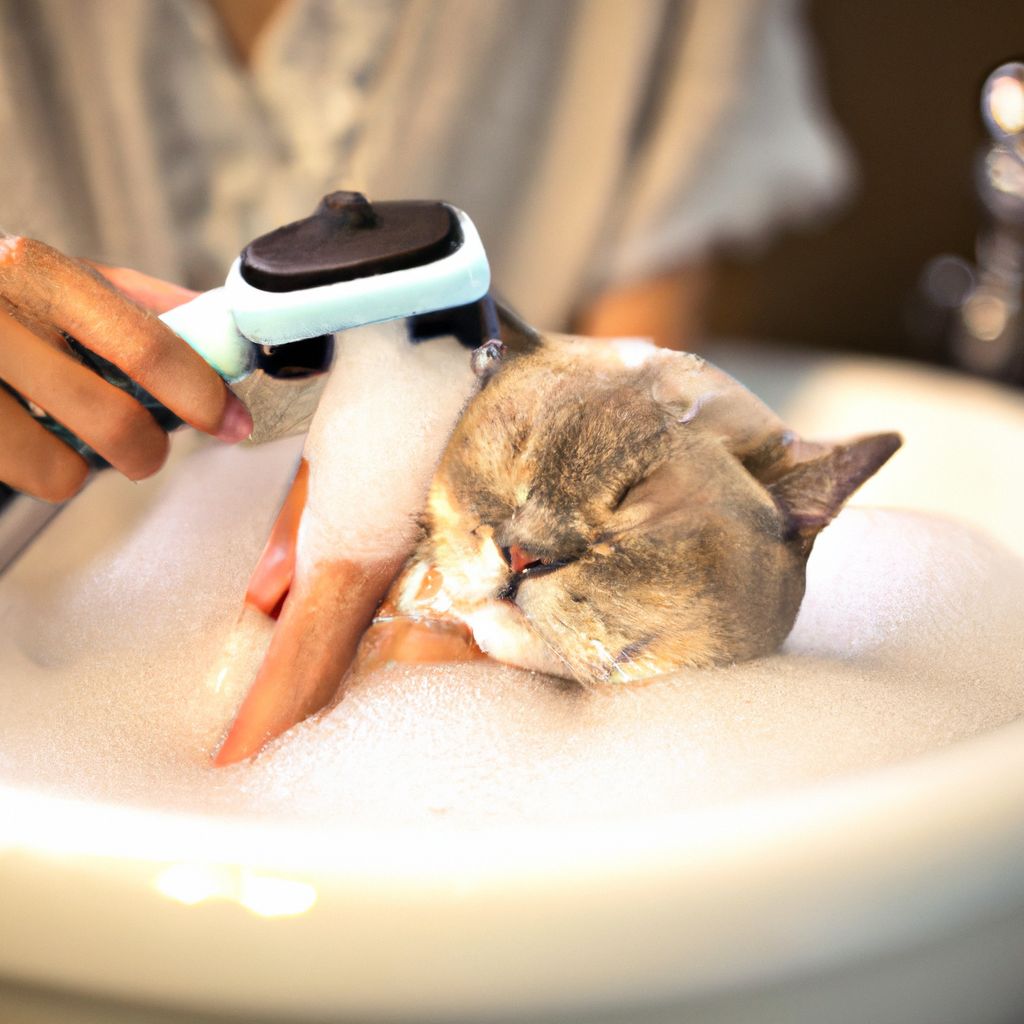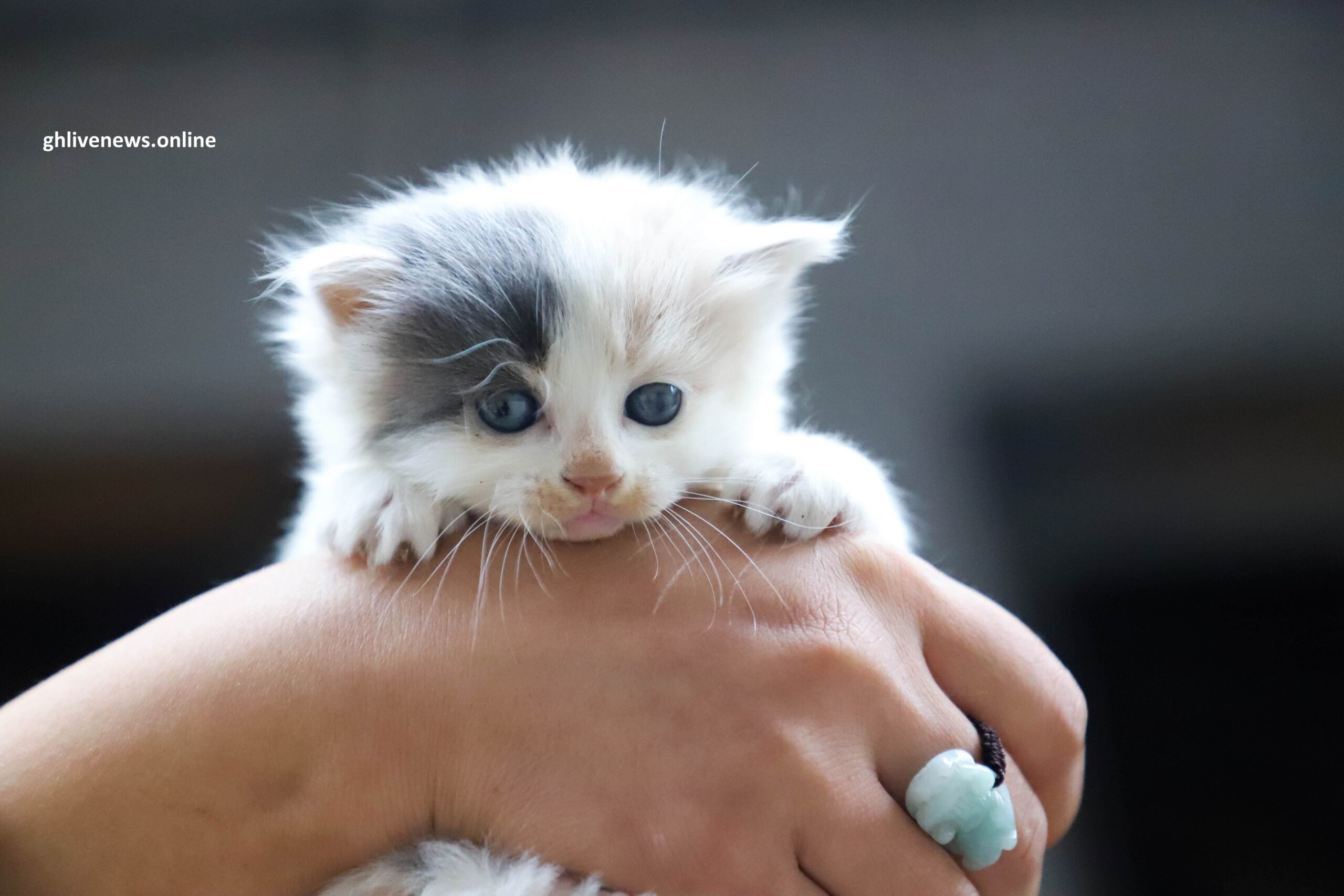.jpg)
The Importance of Play for Cats
Play is key for cats’ wellbeing. They love it, and it keeps them physically and mentally stimulated. Here are why play is essential for cats:
- Exercise: Play gives cats exercise, keeping them fit and preventing obesity. Active play helps cats burn calories and stay healthy.
- Mental Stimulation: Play engages a cat’s mind, warding off boredom and boosting mental agility. Interactive toys and puzzles challenge their problem-solving skills and keep their minds sharp.
- Bonding Opportunity: Playtime strengthens the bond between cats and their owners. If you join in on interactive play with your cat, it builds trust and enhances the relationship.
Plus, play lets cats practice hunting and release stored-up energy. To make playtime enjoyable for both you and your furry friend, follow these tips:
- Rotate toys: Cats can get bored with the same toys if they’re always around. Switch out their toys weekly to keep them interested. Explanation: It mimics new prey entering their territory.
- Use interactive toys: Toys that need your cat’s participation, such as puzzle feeders or wand toys, provide mental stimulation while satisfying their predatory instincts. Explanation: They mimic prey animals, triggering your cat’s hunting behavior.
- Incorporate variety: Give a mix of different toys, such as plush toys, ball toys, or laser pointers. Each cat has unique preferences, so offering variety ensures something appeals to them. Explanation: Variety keeps playtime exciting by giving different textures, sounds, and movements. It stops them from getting bored and encourages exploration.
Understand the importance of play for cats and use these tips to make sure your feline pal stays happy, healthy, and mentally stimulated. So, go ahead and make playtime an enriching experience they’ll love!
Different Types of Cat Play Behavior
Discovering the different types of play behavior in cats is key for pet parents who want to keep their felines content and engaged. We can give our kitties toys and activities they’ll love by having an understanding of these behaviors.
Chasing, pouncing, batting, hiding and stalking, and social play are all cats’ play categories.
Plus, each cat has their own preferences for play. Some may like more active play, whereas others might prefer games that challenge their problem-solving skills.
Observing their reactions during playtime will help you discover which toys they enjoy the best. Trying different textures, shapes, sounds, and movements will let you know what your kitty likes.
Dr. John Bradshaw, an anthrozoologist from the University of Bristol, found that providing suitable playthings based on the different play behaviors can boost a cat’s well-being and lower stress.
By recognizing and providing for our cats’ various play behaviors, we can make an exciting atmosphere that keeps them amused and nurtures their natural instincts. So, let the fun begin!
Benefits of Cat Toys
Cat toys offer a range of benefits for a cat’s physical and mental well-being. They help cats stay active and fit, engaged in stimulating activities throughout the day. Toys with moving parts or realistic sounds trigger a cat’s hunting instincts, releasing pent-up energy and reducing stress or anxiety. Interactive play sessions create a strong bond between cats and their owners, providing an outlet for socializing and reinforcing positive behavior. Research from the AVMA emphasizes the importance of incorporating playtime into a cat’s daily routine. Playtime can improve mood, reduce behavioral problems, and combat obesity.
Choose cat toys wisely – or risk hearing their purrs of disappointment!
Choosing the Right Toys for Your Cat
It’s essential to choose the right toys for your kitty to guarantee their physical and mental well-being. Cats are natural hunters, so supplying them with suitable toys can satisfy their hunting instincts. Consider these 3 things when picking out toys:
- Safety, always. Make sure the toys are non-toxic and don’t have small parts that can be swallowed or become a choking hazard.
- Variety is key. Cats can get bored quickly with toys they play with often. Give them different types of toys such as interactive puzzles, feather wands, and items filled with catnip to keep them engaged and amused.
- Respect their preferences. Every cat has its own preferences when it comes to playing. Some cats like to chase toys that look like prey, others prefer batting at objects or pouncing on things attached to strings. Pay attention to your cat’s behavior and choose toys that fit their interests.
In addition, try alternating the toys every few weeks to stop boredom and keep the stimulation coming. Plus, if you have multiple cats, give each one individual toys to prevent competition or quarrels during playtime.
One time I had a small gray tabby called Whiskers who just loved playing with toy mice made from soft fabric. To surprise him, I got a new mouse filled with catnip. As soon as I put it in front of him, his eyes lit up with joy and he pounced on it right away. It was amazing to see his delight and enthusiasm while enjoying his new favourite toy.
Keep in mind, you need to think of your cat’s safety, give them variety, and comprehend their individual preferences when choosing toys. By providing stimulating toys that match your cat’s natural instincts, you can keep them entertained for hours while promoting a healthy and content lifestyle. Who needs fancy gadgets when a simple ball of yarn or cardboard box can keep your feline entertained for hours?
Popular Cat Toys on the Market
When it comes to cat toys, there’s a wide variety! From interactive toys that get kitty’s hunting instincts going, to soothing toys that provide comfort. Plus, there’s unique options like robotic mice, chirping birds and puzzle cubes. Whatever your feline friend prefers, there’s something out there for them. So why not enrich their life with a new toy today? Or, if you’re feeling creative, make a DIY one – it’s guaranteed to break in five minutes!
DIY Cat Toys
Make playtime exciting for your furry friend! Get creative with five DIY cat toys. All you need is:
- a stick or wand
- string
- feather
- bell
- toilet paper roll
- sock
- t-shirt
- cardboard box
- fabric
Your cat can catch the feather, find treats in the paper roll, bite, toss and pounce the sock, search for prizes in the shirt and relax in the box. Customize these toys for your cat’s preferences and personality. Cats can sleep up to 16 hours a day. So, choose safe toys that won’t send them to the vet!
Safety Considerations for Cat Toys
Cat Toys Safety – A Must!
It’s essential to take precautions when choosing cat toys. Consider the following:
- Materials: Non-toxic rubber or cotton are best. Avoid any with small parts that can be chewed off.
- Size: Get the right size. Too small, it’s a choking hazard. Too big, it may cause injury.
- Durability: Look for toys that are strong and can handle rough play. Weak ones will break and could hurt your cat.
- Supervision: Watch your cat closely when playing to prevent accidents.
Cats have their own play style. Some may like interactive toys that mimic hunting, others may prefer challenging puzzles. Feathers, strings, or bells can stimulate their instincts. Scratching posts and climbers provide exercise and a safe space to play.
Choose wisely based on your cat’s needs, and you can ensure a safe and fun playtime for your feline friend!
Understanding Your Cat’s Preferences
Cats have unique playtime preferences. Stimulating their natural instincts and engaging their senses is the way to go with toys. Interactive toys such as fishing rod-style and laser pointers will keep them entertained for hours. Some cats like toys with catnip while others prefer noise-makers and hidden treats. Toys with scents also appeal to cats’ sense of smell.
Observing their reactions and customizing toys according to individual preferences is important. This helps build a bond between cats and humans. During playtime, observe your cat’s behavior to know what fascinates them. Some may like chasing balls while others pounce on feather wand toys. The texture of the toy is also crucial, as cats often enjoy prey-like textures like plush mice and feathered balls. Rotate the selection of toys to avoid boredom and keep them interested.
Interactive puzzle feeders provide mental and physical stimulation. As ancient Egyptians revered cats, toys crafted with care were discovered in archaeological sites, showing that humans understand the importance of understanding cats’ preferences and providing them with appropriate toys.
So, remember, cats may steal your heart – but they’ll never return it – just like the missing socks in your laundry!
Final Thoughts and Conclusion
We’ve gained knowledge on the complicated play habits of cats and the toys they enjoy. Play is important for cats – it gives them mental stimulation, exercise, and a chance to show their instincts. Knowing the different kinds of play, like predatory and social play, helps us pick the right toys to keep cats engaged and happy.
Interactive toys are great for stimulating cats’ minds and getting them physical activity. Puzzle feeders give cats both play and mental challenges. Toys like these entertain cats and keep them active, which is vital for their health.
It’s also essential to think about safety. We should make sure toys are non-toxic and strong enough to withstand cats’ play. We should also check toys for damage or pieces that could come off and be swallowed.
In conclusion, we can show cats love and understanding by giving them engaging toys for their needs and interests. This way, we can give them hours of fun while helping their brains and making our bond even stronger. Let’s explore new ways to keep cats entertained and enjoy every moment with them.
Frequently Asked Questions
FAQ 1: What are some common play behaviors exhibited by cats?
Answer: Cats engage in various play behaviors, including chasing, pouncing, swatting, and wrestling. They also enjoy batting objects, stalking toys, and leaping in the air.
FAQ 2: What toys do cats love the most?
Answer: Cats have different preferences, but interactive toys like feather wands, laser pointers, and puzzle toys are commonly loved. They also enjoy toys they can bat around, such as small balls and crinkle toys.
FAQ 3: How can I encourage my cat to play?
Answer: You can encourage play behavior by providing a variety of toys, regularly rotating toys to keep them interesting, and engaging in interactive play sessions with your cat. Creating different play environments and using treats as rewards can also help.
FAQ 4: Are there any toys that are unsafe for cats?
Answer: Yes, there are certain toys that can be unsafe for cats. Avoid toys with small parts that can be easily swallowed, string-like materials that can cause choking or entanglement, and toys made of toxic materials. Always supervise your cat while playing with toys.
FAQ 5: How often should I play with my cat?
Answer: Cats require daily play sessions to fulfill their physical and mental stimulation needs. Aim for at least two interactive play sessions lasting around 10-15 minutes each day. However, the playtime can vary depending on your cat’s age, health, and energy level.
FAQ 6: Can I make homemade toys for my cat?
Answer: Absolutely! Homemade toys can be a great way to provide entertainment for your cat. Some simple ideas include crumpled paper balls, cardboard scratching pads, and DIY puzzle toys using empty toilet paper rolls. Just ensure the materials used are safe for your cat.
Originally posted 2023-07-02 00:55:10.






